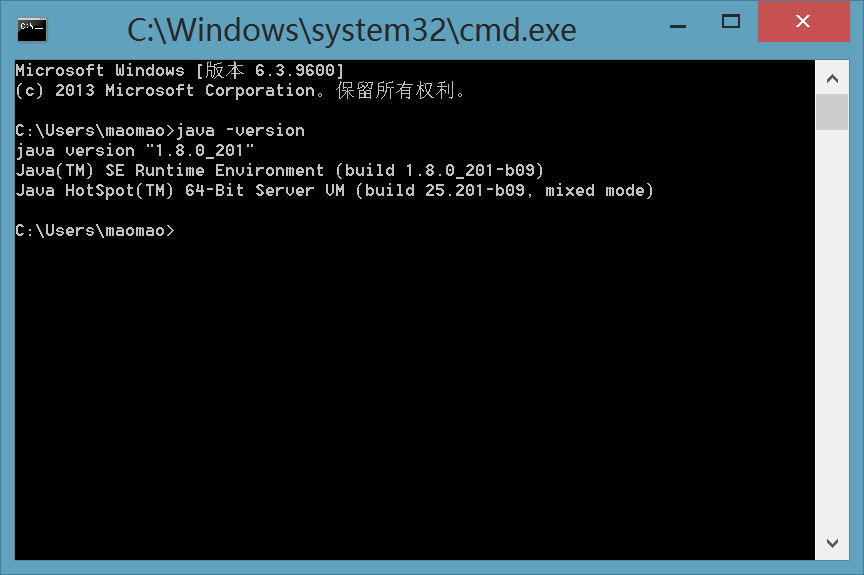
sudo rm -rf /Library/PreferencePanes/JavaControlPanel.

Other answers were missing tons of stuff. I nuked everything Java, JDK, and oracle. Note: I just tried running IntelliJ and it will not start unless you have Apple's JDK 6 installed (see ). I haven't found I need to set JAVA_HOME for simple things. It's safe to remove them once you know everything else works. It is not enough to rename the jar files, because Java will open every jar in that folder - I moved mine into a sub-directory. If you don't, you'll get the infamous message about the wrong version of tools.jar (see Builds failing after upgrading to Java7, Missing Tools.jar and bad class versions). If you have Java 7 or later versions, you will see a Java icon under System Preferences. To get the latest Java from Oracle, you will need Mac OS X 10.7.3 and above. When starting a Java application through the command line, the system uses the default JDK. Mac OS X 10.7 (Lion) and above: Java is not pre-installed with Mac OS X versions 10.7 and above. Determining the Default JDK Version on macOS.

I recently switched over to using JDK 1.7, deleting JDK 6 from my MacBook entirely (I also had traces of JDK 5 - this laptop has been updated a few times).ġ) download the latest from Oracle ( ) and install it.Ģ) Remove (using rm - if you've got backups, you can revert if you make a mistake) all the JDK6 and JRE6 files.Īt this stage, you should see: % ls /Library/Java/JavaVirtualMachines/ģ) In the folder /Library/Java/Extensions/, you'll need to remove all the old jar files, the ones that correspond to other releases of Java. Mac OS X 10.6 and below: Apple's Java comes pre-installed with your Mac OS. Managing Java versions on Mac OSX is a nightmare.


 0 kommentar(er)
0 kommentar(er)
